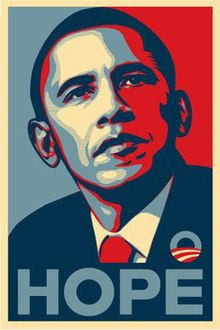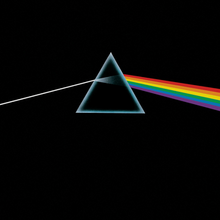I recently came back from San Francisco and LA, where I had an interesting conversation on copyrights and the characteristics of a genuine piece of art.
It started with the fact that Shepard Fairey who created the iconic “Hope” picture of Obama has been sued by Mannie Garcia, the photographer who took the original picture and won (the case is not settled, though).
 This reminded me of the (more confidential) work of Andy Baio, who revisited Miles Davis in 8 bit : Kind of Bloop. Strangely enough, he was sued not for the music, but for the album cover which was considered to be too close to the original photograph !
This reminded me of the (more confidential) work of Andy Baio, who revisited Miles Davis in 8 bit : Kind of Bloop. Strangely enough, he was sued not for the music, but for the album cover which was considered to be too close to the original photograph !

He tells the story of Goering, a Nazi leader, who was great a fan of Vermeer and acquired a painting he liked a lot (WWII offered great opportunities).After the Nazis had been defeated, Goering, who was responsible for the death of so many people, discovered that the painting he acquired was a forgery -a very fine imitation, but a fake masterpice nonetheless. Goering has been described like:
he looked as if for the first time he had discovered there was evil in the world

Vermeer's "The Christ and the adultress" forgery by Van Meegeren, sold to Goering
News from the front : open access to culture and science on the way
Recently, PIPA and SOPA have been rejected, thanks to a massive protest in the US, while their equivalent in Europe, ACTA, followed them in the vast nothingness of space.
This is good news. Not that I’m against copyrighting and patenting, but the current notion of intellectual property, designed years ago to allow the spread of knowledge (by giving incentives to music majors or industrial company) is obsolete : the spreading of information has no little-to-no cost.
Their fight is against the high prices of journal, who are a major burden for institutions and labs, while the journals only add a little value : after all, research is done with public funds, and even peer-revieweer are paid by taxpayers. It seems though that the current prestige of certain journals, that is historical, is what ultimately slow the liberation process started this spring. Speaking of science and art :“Should Newton sue Pink Floyd for stealing is original idea?”



Ressources & references:
I’ve discovered the exitence of Damforst Museum of damaged, forged and stolen art
You will find here an excellent article about digital transformations of iconic work, and what is the ‘Fair Use’
Four Mistakes That Killed the Record Indstry Before File Sharing
PIPA/SOPA and ACTA